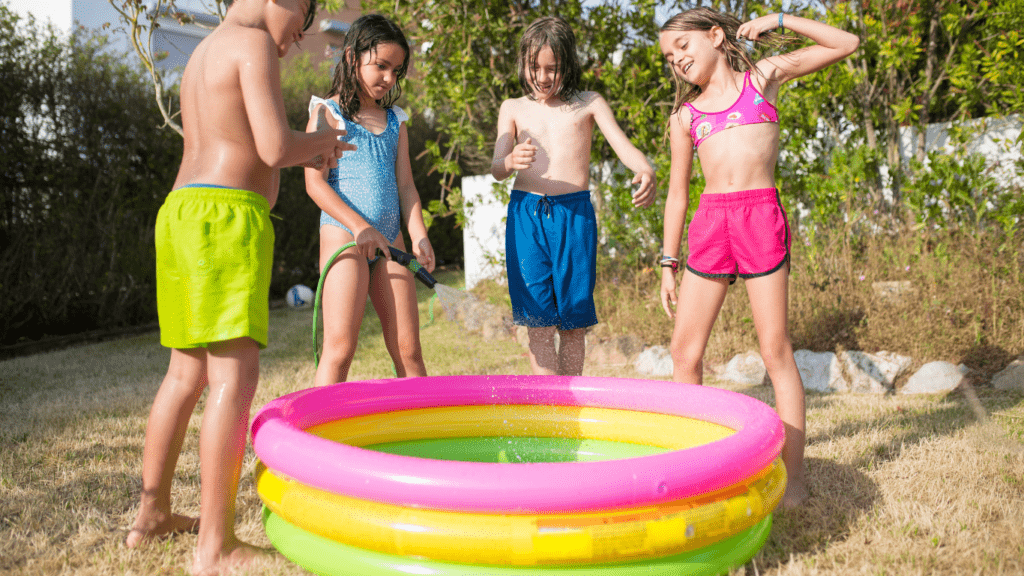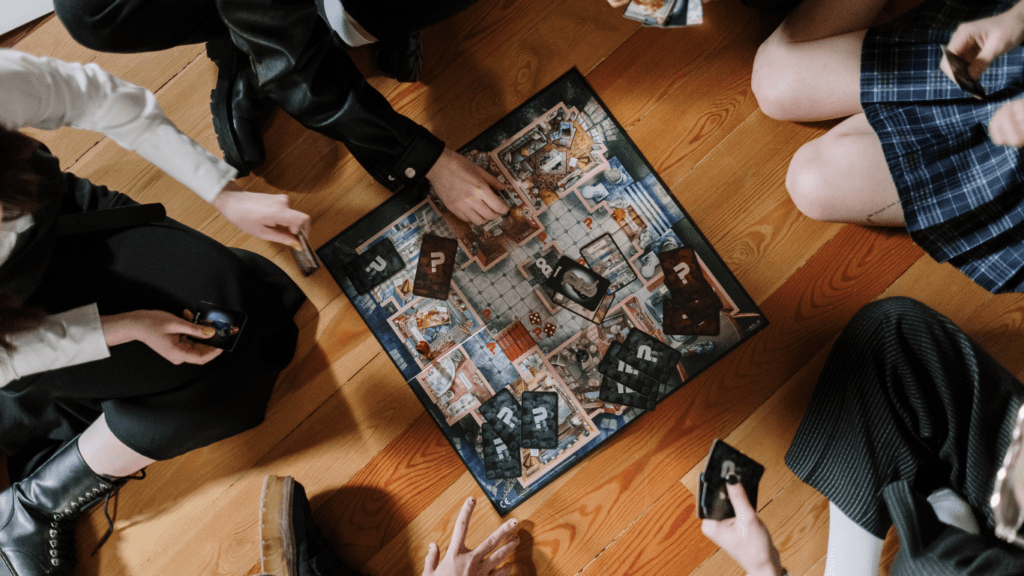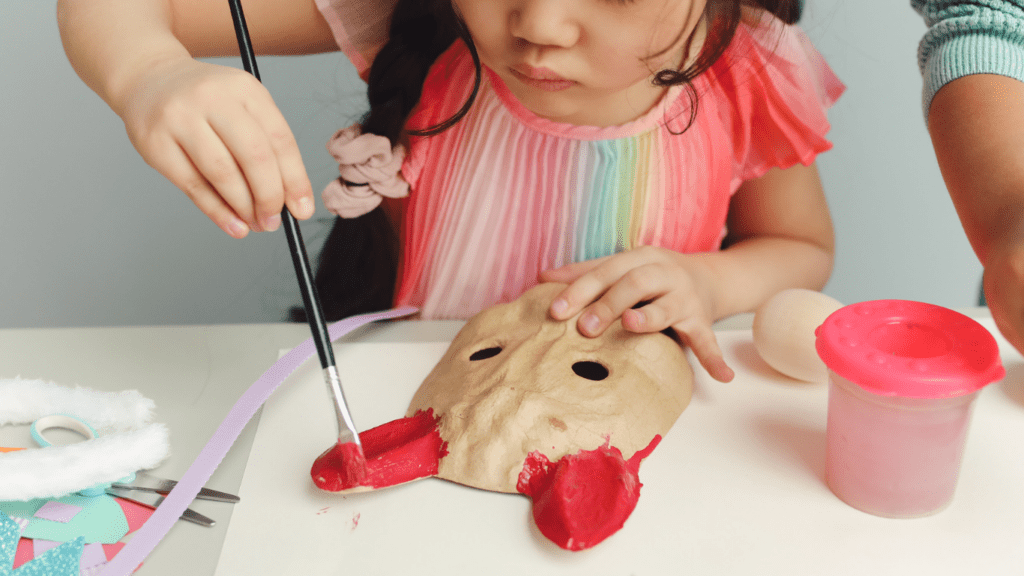There’s something magical about transforming your backyard into a playground of adventure. With a little creativity and some basic materials, you can create unforgettable experiences that spark joy and exploration.
DIY obstacle courses and nature hunts not only keep kids active but also encourage them to engage with the great outdoors in a fun and imaginative way.
Overview Of Backyard Adventures
Backyard adventures transform ordinary spaces into exciting realms for exploration and fun. Through DIY obstacle courses and nature hunts, children engage actively with their environment and develop essential skills.
Benefits Of Outdoor Play
Outdoor play offers multiple benefits that contribute to children’s physical and mental well-being.
- Physical Health: Engaging in physical activities, like climbing and running, promotes cardiovascular health and builds strength.
- Social Skills: Collaborating with peers fosters teamwork and communication skills.
- Cognitive Development: Problem-solving during physical challenges boosts critical thinking and creativity.
- Emotional Well-being: Nature exposure reduces stress and enhances mood, leading to greater overall happiness.
Importance Of Creativity
Creativity plays a vital role in shaping adventurous experiences.
- Problem-Solving Skills: Designing obstacle courses encourages children to think critically about challenges and solutions.
- Imagination: Nature hunts stimulate imaginative play, allowing kids to create stories around their discoveries.
- Resourcefulness: Using everyday materials to craft experiences teaches children to be resourceful and innovative.
- Confidence: Successfully completing challenges boosts self-esteem and encourages continual exploration.
Designing DIY Obstacle Courses
Creating a DIY obstacle course in the backyard sparks excitement while promoting physical activity and creativity. Careful planning enhances the experience for children, ensuring a thrilling and safe adventure.
Selecting The Right Location
Choosing the right location for an obstacle course matters significantly. I prioritize a flat, open space away from hazards like fences or sharp objects. Ideally, I select a grassy area, which provides a soft landing for falls.
To enhance accessibility, the site should be easily visible from indoors, allowing for supervision during play.
Essential Materials Needed
Gathering essential materials for an obstacle course promotes creativity and resourcefulness. I often start with common items:
- Gym mats: Soft surfaces cushion landings and provide safety.
- Hula hoops: Use these for jumping through, encouraging agility.
- Cones: Set up cones for weaving challenges to improve speed and coordination.
- Pool noodles: Repurpose these as hurdles for kids to jump over.
- Tires: Incorporate old tires for climbing and crawling challenges, enhancing strength.
- Rope: Use a rope for tug-of-war games or to create balance beams.
These materials, combined with imagination, allow me to craft unique obstacles that engage children both physically and mentally.
Planning Nature Hunts
Planning a nature hunt combines excitement with education. By exploring local flora and fauna, I encourage kids to engage with their surroundings meaningfully.
Identifying Local Flora And Fauna
Identifying local flora and fauna enhances the experience. I start by researching native plants and animals in my area. This helps me create a list of sights for the hunt. For example, I may include common trees like oak or maple, wildflowers, or species of birds like robins and blue jays.
Using a field guide or mobile app, I teach kids to identify these by their shapes, colors, and sounds. This hands-on learning fosters curiosity and appreciation for nature.
Creating A Nature Hunt Checklist
Creating a nature hunt checklist ensures a structured and engaging experience. I compile a list of items I want the kids to find, including specific objects like pinecones, certain leaves, or animal tracks.
For added variety, I can include scavenger hunt elements such as “something soft,” “something round,” or “a scent in nature.” I print and distribute this checklist before the hunt. This keeps kids focused and encourages teamwork as they search for items, share discoveries, and learn together.
Safety Considerations
Creating a fun and adventurous backyard environment involves important safety measures. Ensuring everyone enjoys their time while minimizing risks is essential.
Ensuring A Safe Environment
Selecting an appropriate location is crucial for safety. Use a flat, grassy area away from potential hazards like sharp objects, low branches, or slopes. Such locations minimize the risk of falls and injuries.
Creating clear boundaries helps children understand where it’s safe to play. Use cones, ropes, or garden stakes to define the play space. Regularly inspect the area for harmful items or hazardous conditions. Ensure that materials used for obstacle courses are sturdy and well-placed to prevent accidents.
Furthermore, encourage children to wear appropriate footwear to provide adequate support and protection.
First Aid Tips For Outdoor Activities
Staying prepared for minor injuries enhances outdoor fun. Keep a well-stocked first aid kit nearby, containing band-aids, antiseptic wipes, gauze, and adhesive tape. Knowing how to treat common injuries, such as scrapes or insect bites, helps manage situations effectively.
Apply pressure to bleeding wounds and clean scrapes with water before covering them. To address insect bites, use a cold pack to reduce swelling. Familiarize children with safety protocols, emphasizing the importance of seeking help from an adult in case of injury.
Regularly review and practice these safety measures to reinforce awareness among participants.



